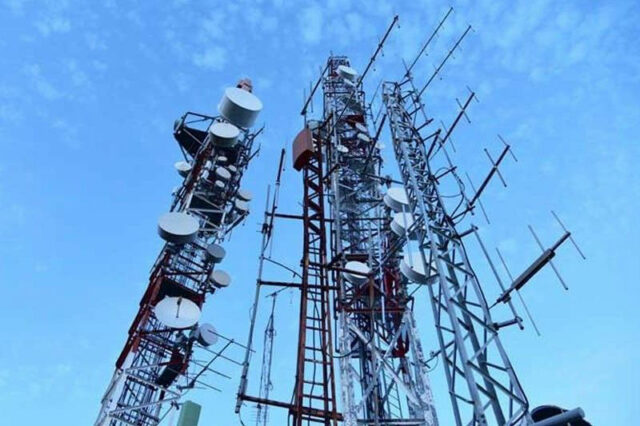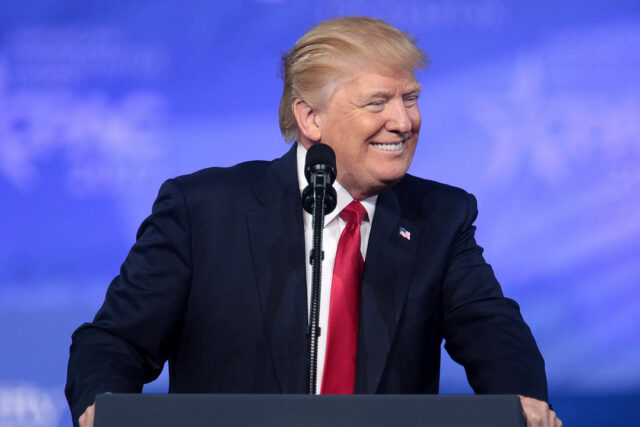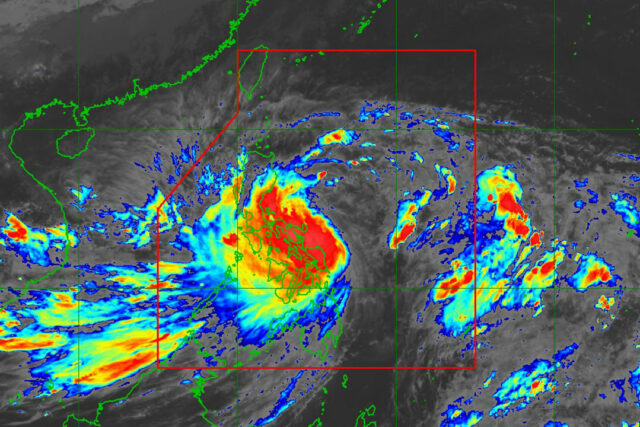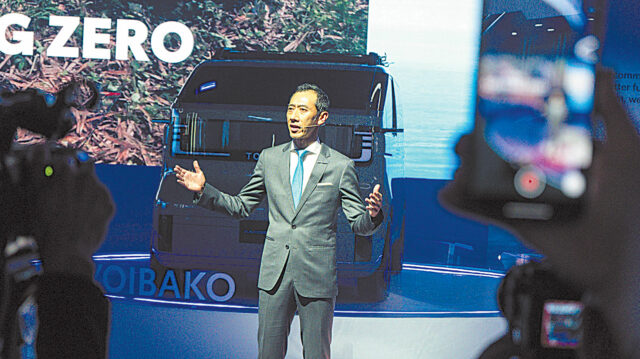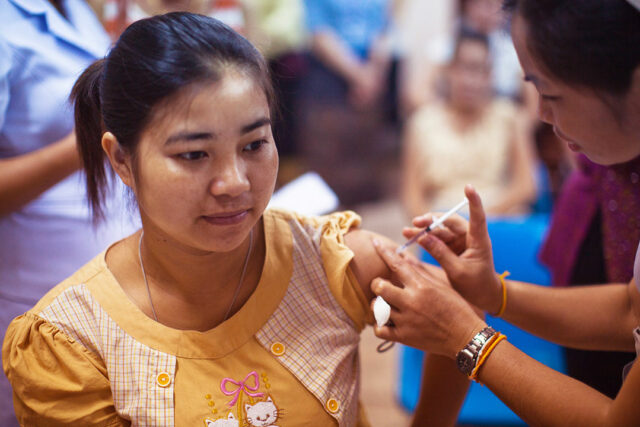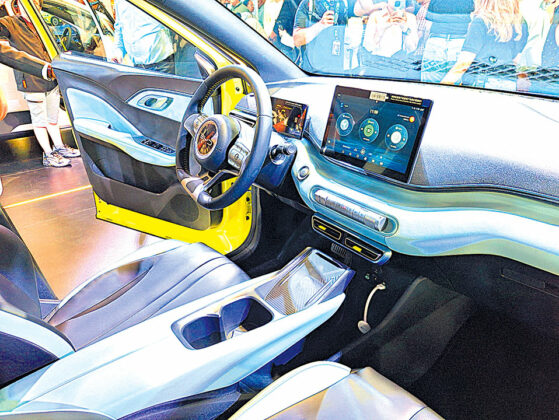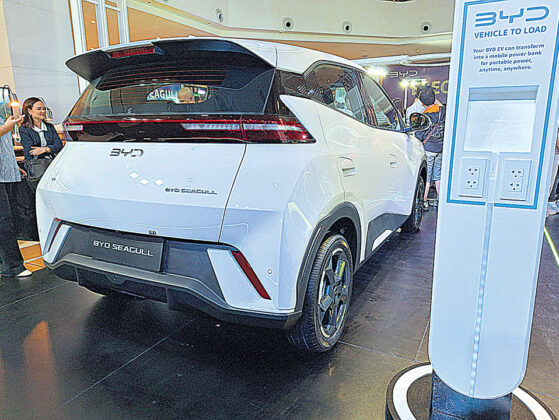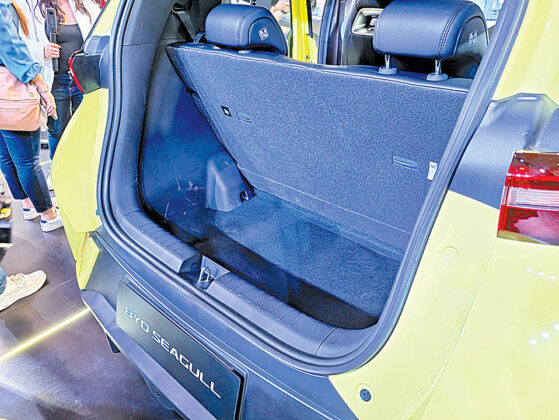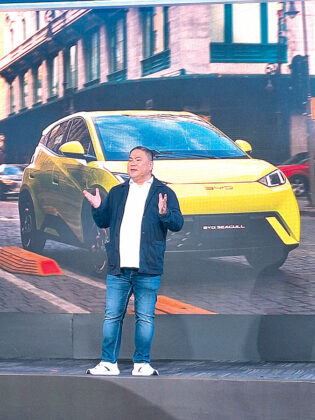Mixed results on Septième Rebelle runway
SEPTIÈME REBELLE’S fashion outing a night before Halloween was decidedly hit-and-miss. While prominent audience members during the fashion show at the Marriott Ballroom certainly looked the part, we have some reservations about some looks on the runway.
On the younger models, some of the clothes, wearing what Septième Rebelle’s founder Robbie Santos calls “serious fabrics” like brocades and silks, aged them quite a bit. To be fair, the bias might be borne out of the 2020s culture of youth and the persistent pursuit of it. Think silhouettes like lampshade dresses, scalloped edges, pants under embellished dresses, and mid-calf skirts. There were also these very distracting tendrils that made the clothes look quite unfinished (and some, swinging on the runway, looked like strange tails between the legs of the models).
Some dresses, swinging in the opposite direction, looked too young (such as a number with a pink satin skirt). The menswear area did not fare so well either: structured pieces in silk and brocade, worn by men with slicked-back hair, made me think of Miami Vice, and the ability of handsome foreign men to scam older women.
But it wasn’t all bad.
Mr. Santos has a strong tailoring team, so items like blazers, such as one in cream paired over a hot pink shift dress in brocade, looked like they were touched by genius. One must also praise the trimming on certain pieces for evening — they were made with fabrics Mr. Santos picked up on his birthday trip to India last year.
To be fair, perhaps the disconnect comes from the fact that the “serious” clothes were paired with a beach-themed runway. In an interview backstage, Mr. Santos said that the collection was inspired by a picture of an island in the Dominican Republic, where fashion designer Oscar de la Renta has a summer home. “I’ve never been there. I tried to imagine how it would look like, or how it would feel like, or how it would be like to be there,” he said.
He does know what he was doing in presenting slightly mature outfits, pointing to the “serious” fabrics such as silk and brocade: “You expect someone of a certain age to be wearing that.”
Furthermore, the collection is about enjoying life after a certain period: “They like to travel, they like the good life, enjoying their hard-earned money,” he said about potential wearers of the collection. He compares it to his previous collection, about overcoming obstacles and the pursuit of beauty. Now, “It’s all about patience. How you dream of big things, then through patience and some hard work… you’ll be able to (be) where you want to be.” — Joseph L. Garcia





